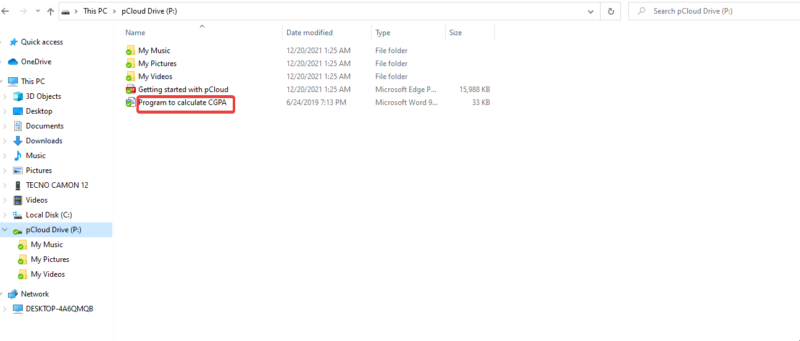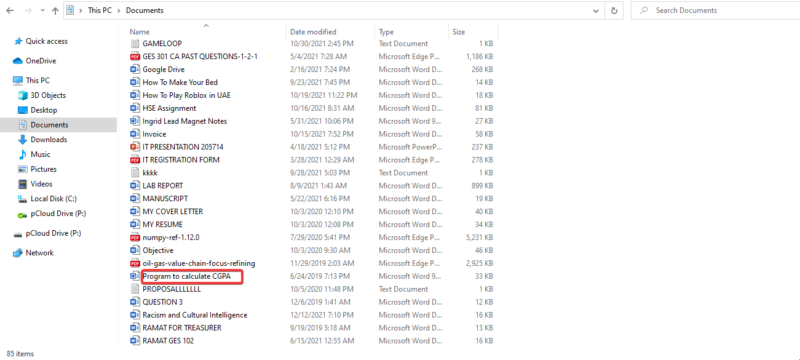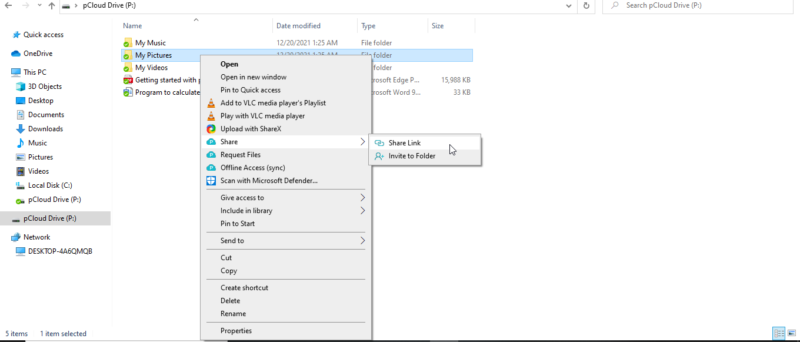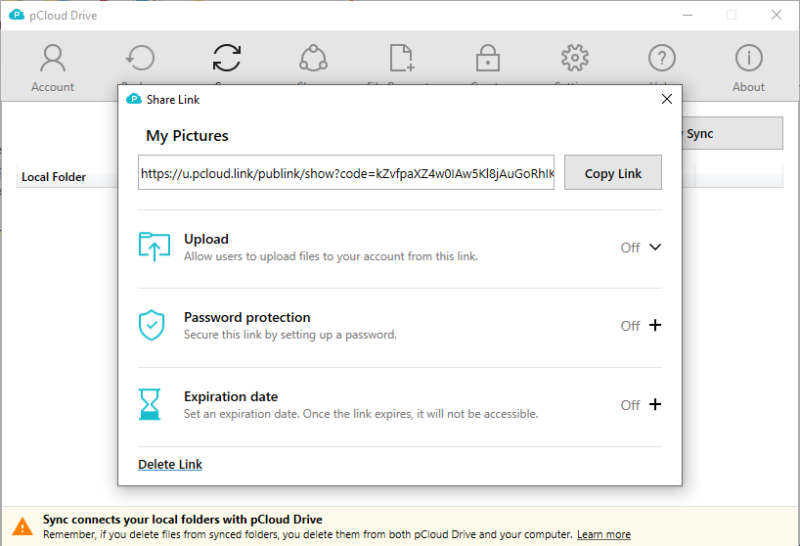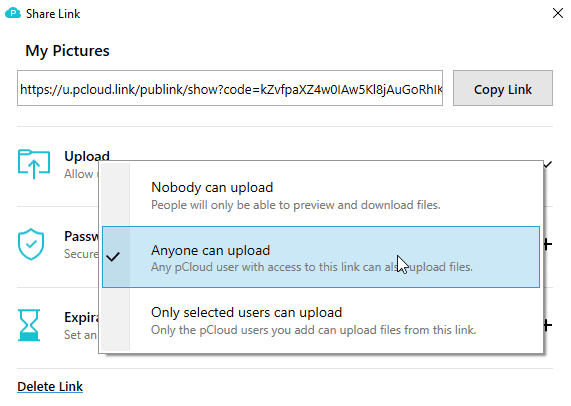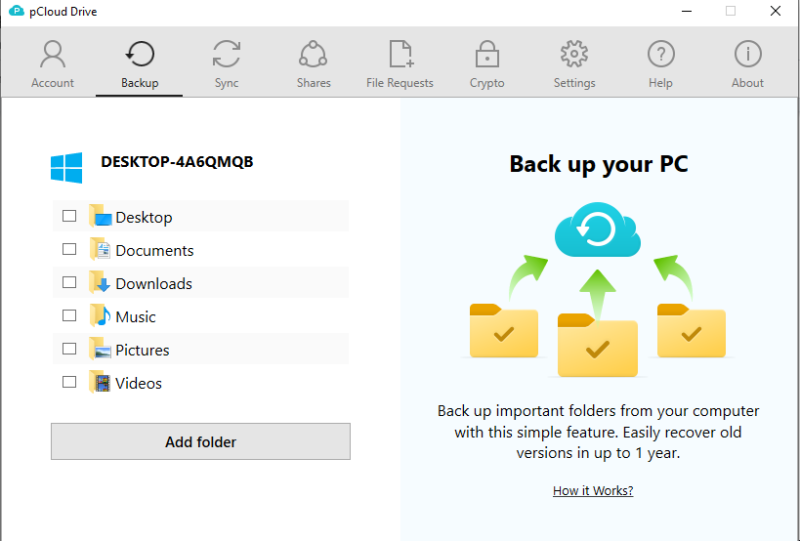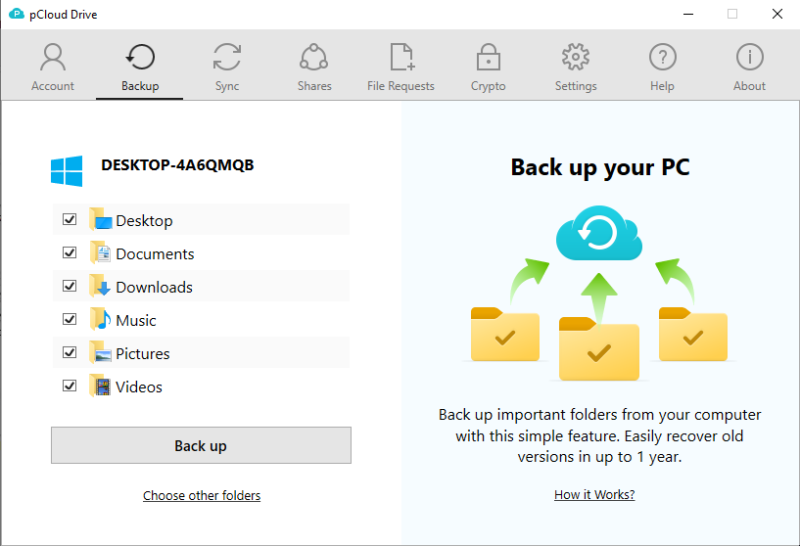How to Use pCloud in 2025: Full Guide
pCloud has something for almost everyone. Its wealth of features and ease of use contribute to the increasing popularity of the service. Keep reading to find out how to use pCloud storage.
pCloud is one of the most popular cloud storage services on the market. It’s a reputable, secure, speedy and well-designed service, so it’s not surprising that it’s a magnet for cloud storage newbies. If you’re one of them and want to give pCloud a whirl, this guide will show you how to use pCloud and get it up and running.
Key Takeaways:
- pCloud is one of the best cloud storage services you can use, offering unmatched media playback capabilities and excellent security.
- pCloud’s desktop app creates a virtual drive that lets you access cloud files without them taking up any space on your computer.
- To use pCloud, sign up for an account on pCloud’s website and install the pCloud desktop application.
Lucky for you, pCloud is exceedingly simple to use, so you’ll have an easy enough time with getting it set up. It has quite a few advanced features — which you can read about in our pCloud review — but they’re intuitively integrated into pCloud’s applications. Even better, you can try it with a free account. Read on to learn more about how to set up pCloud.
-
02/08/2022 Facts checked by Eugenie Tiu
Completed a fresh guide on how to use pCloud with new step-by-step instructions.
An Introduction: How to Use pCloud
pCloud is one of the better-designed cloud services out there, in terms of both appearance and ease of use. The user experience should be smooth for anyone, as uploading files is as simple as dragging and dropping them to your pCloud drive or the website.
Coming up, we’ll be covering how to set up pCloud on your computer and go over its various features. We’ll go over topics like uploading files and sharing them, setting up file syncing, setting up a backup and using pCloud’s Transfer feature.
10,000+ Trust Our Free Cloud Storage Tips. Join Today!
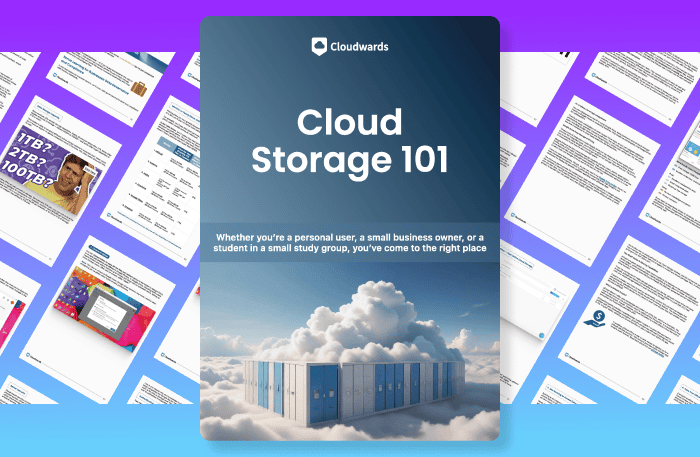
- Demystify cloud storage terminology and key concepts in plain language
- Discover easy-to-implement techniques to securely backup and sync your data across devices
- Learn money-saving strategies to optimize your cloud storage costs and usage
What Does pCloud Do?
The main purpose of pCloud, like any other cloud storage, is to store your files securely so that you can access them remotely and share them with others. However, pCloud has a few more tricks up its sleeve that make it stand out from the crowd.
Cloud Storage Features
Take the way pCloud handles file syncing. It attaches a virtual drive to your computer’s storage, which looks just like the other drives — like “Local Disk (C:).” This virtual drive — or network drive — uses your pCloud storage to store files, essentially expanding your hard drive’s storage capacity. The downside is that you need to be online at all times to access this virtual drive, but, really, when are you not online?
pCloud also features the most capable media player we’ve seen in a cloud storage service. It allows you to create playlists and can automatically sort by artist, album or folder. Its video player is also pretty advanced, giving you the ability to adjust the playback speed and even download a converted version of the video file in a different file format.
Security & Privacy
Now let’s talk security. This is one of pCloud’s strengths, yet it’s probably the area where pCloud could stand to improve the most. It offers zero-knowledge encryption, which is a security measure that prevents anyone but you from accessing your files (not even pCloud can see their contents).
Unfortunately, you have to pay extra for this kind of encryption, which takes the form of an add-on called pCloud Crypto. The service creates a Crypto folder where all files are covered by zero-knowledge protection. Thankfully, its privacy policy is clean, and it allows you to store files on European pCloud servers. This ensures you’re covered by strong privacy laws, like the GDPR.
How to Register and Download pCloud Drive
- Go to pCloud’s Website
Go to pcloud.com and enter your email and a password to create an account. Once your pCloud account is set up, the next step is to download pCloud’s app.
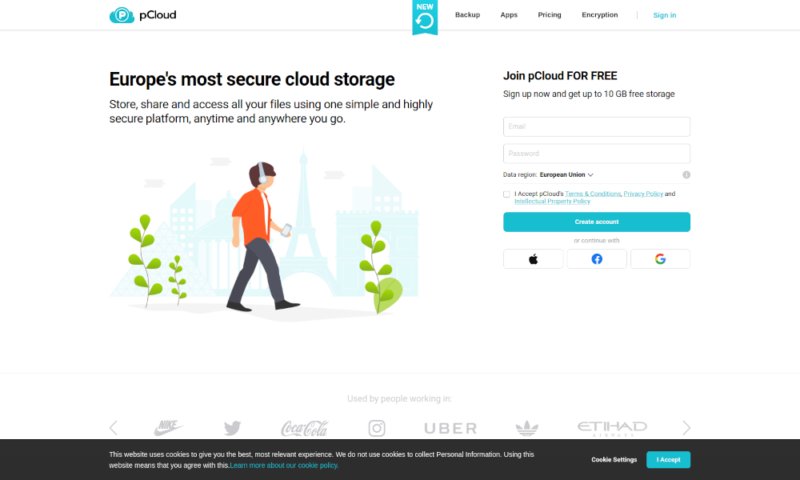
- Download pCloud’s App
Go to pCloud’s download page and select the pCloud drive version suitable for your device’s operating system, then click “download.”
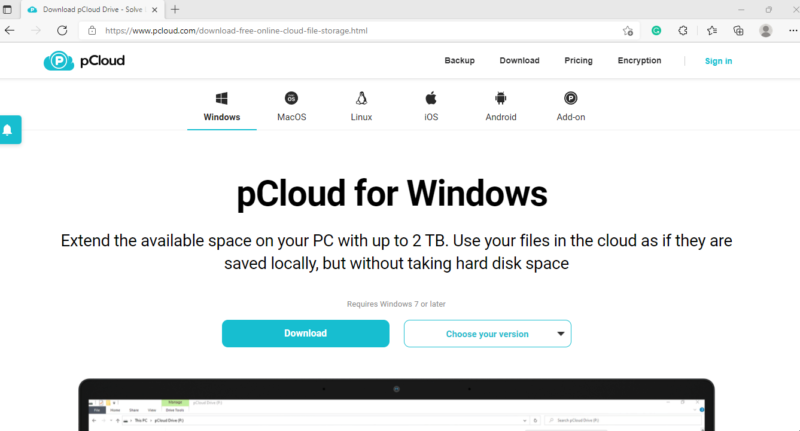
- Install pCloud Drive
Follow the on-screen instructions in the install wizard to install the pCloud desktop application.
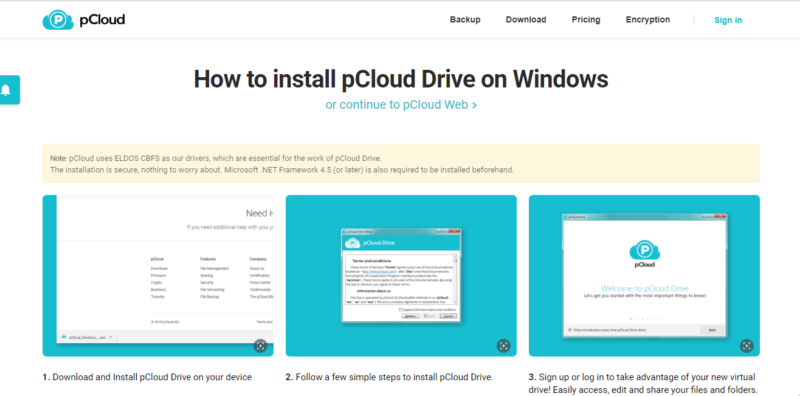
How to Upload Files to pCloud
How to Sync Files Using pCloud
- Open pCloud Drive
Double-click on the pCloud icon in the system tray and click on “sync.”
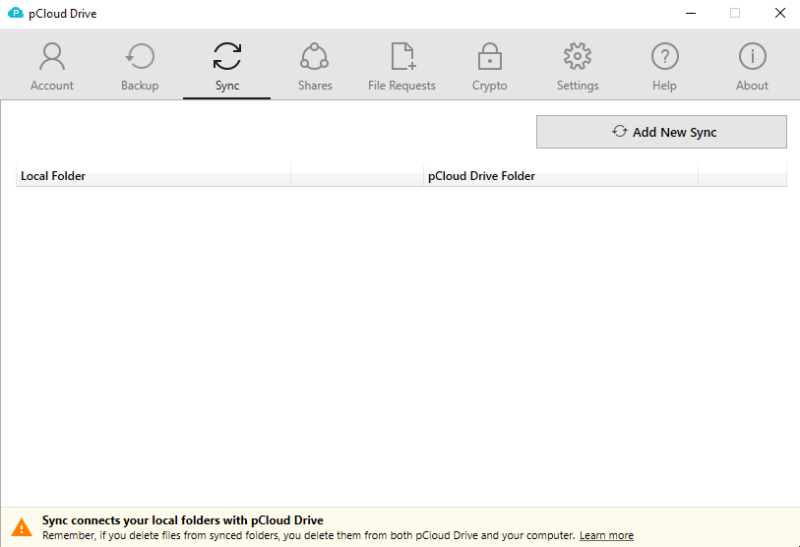
- Select Folders to Sync to the Cloud
Click on “add new sync” to choose which folders to sync to pCloud.
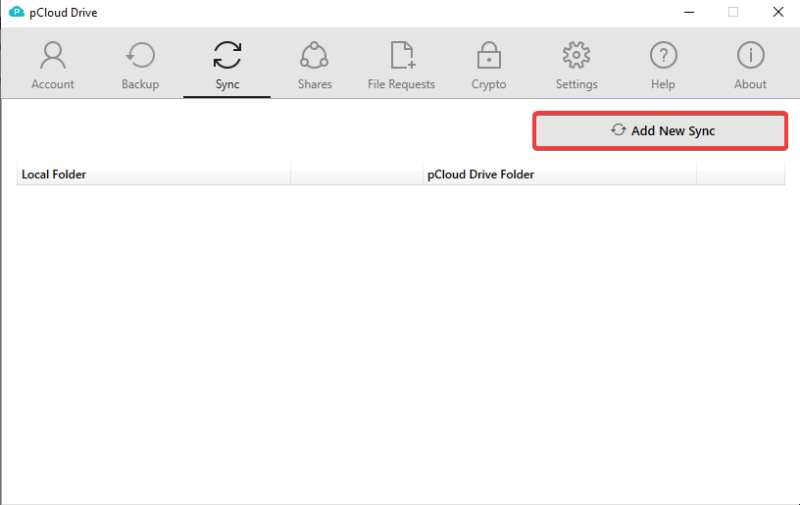
- Select a Folder and Choose Where to Sync It in pCloud
Click on “choose local folder” to choose a folder to sync. Click on “choose pCloud drive folder” to choose where the folder gets synced to your cloud storage.
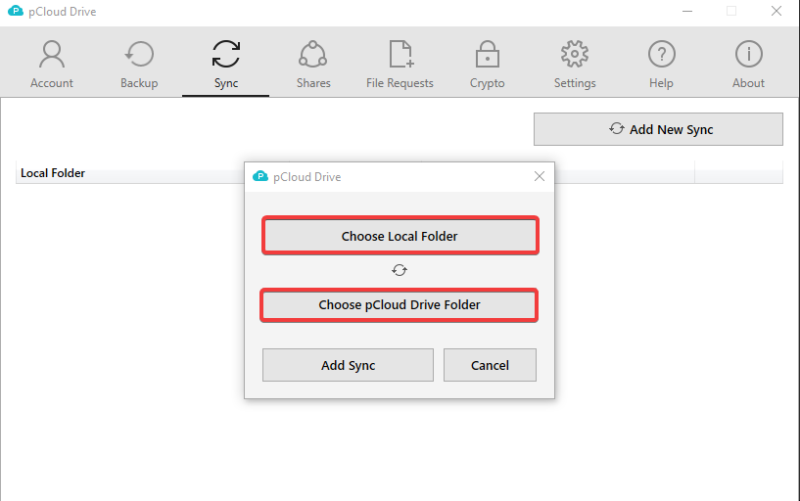
- Click “Add Sync”
Click on “add sync” to confirm and sync the selected folder.
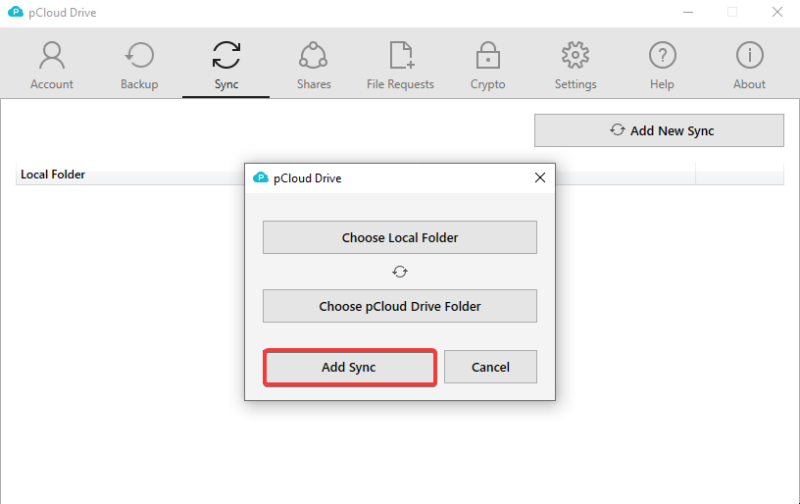
How to Share Files Using pCloud
How to Back Up Files Using pCloud
How to Use pCloud Transfer
- Go to pCloud Transfer
Go to transfer.pcloud.com and enter the recipient’s email address and your email address into the “send to” and “from” boxes respectively.
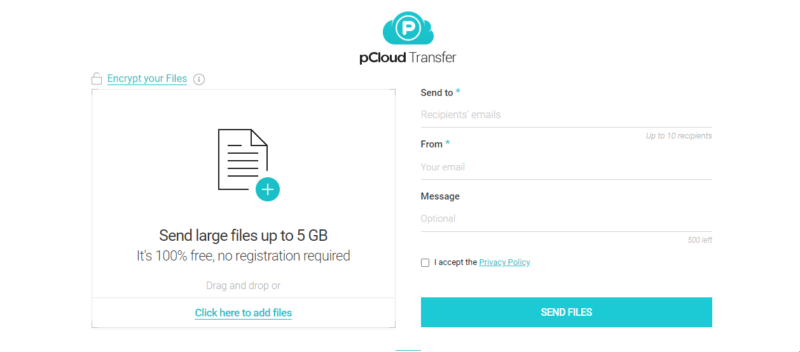
- Choose Sharing Settings
Click “encrypt your files” in the top-left corner. Choose a password and click “enable encryption.”
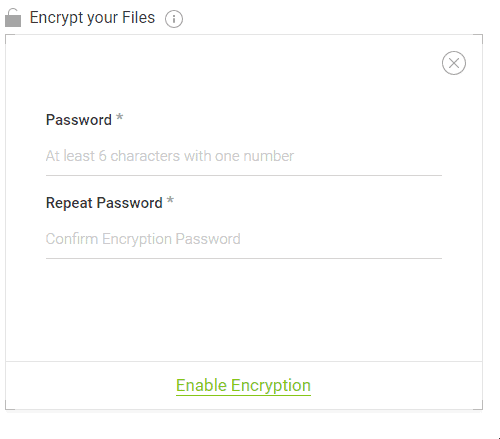
- Drag and Drop Files
Drag and drop the files you wish to send. You can also choose “click here to add files” to make your selection.
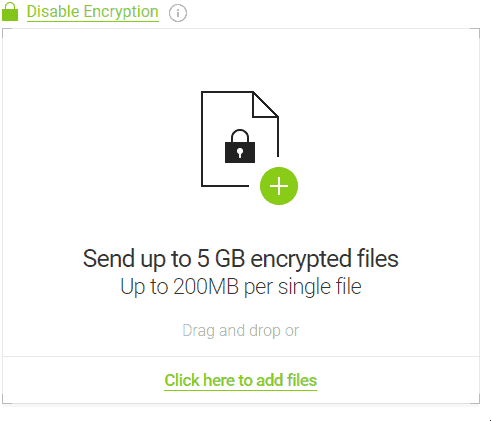
- Send Your Files
Click the “send files” button to send selected files.
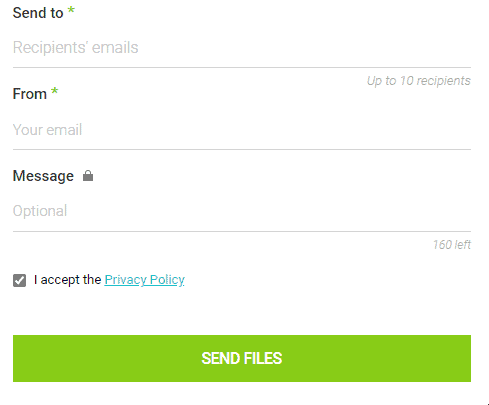
Final Thoughts
Hopefully, you now have a better understanding of how pCloud works and how to use its features. With the instructions provided here, you should be able to easily set up pCloud, access it like a local drive, and use pCloud transfer. Check out our guide on pCloud Transfer to learn more.
We’d love to hear your thoughts about our guide. Do you still have questions about how to use pCloud? Is there anything we left out? Please let us know what you think in the comments section below. Thank you for reading.
FAQ: Access and Use pCloud
Like all other cloud services, pCloud lets you upload files to the cloud for remote access. It works by taking your files, encrypting them and sending them to remote cloud servers.
pCloud’s user interface is very intuitive and easy to use. Everything you need is clearly labeled and easily found in the interface.
You can access pCloud via its website. Once you have an account, you can access your files via the desktop app or the web interface.



